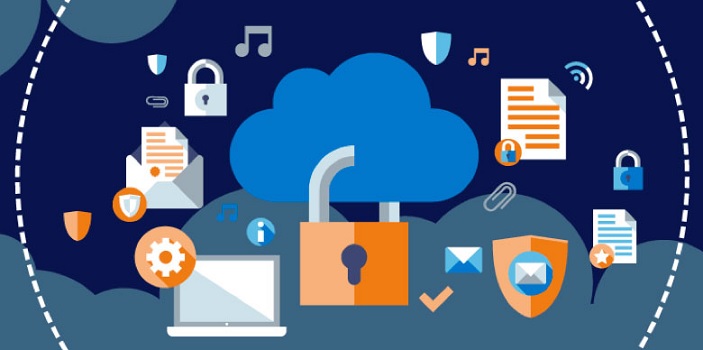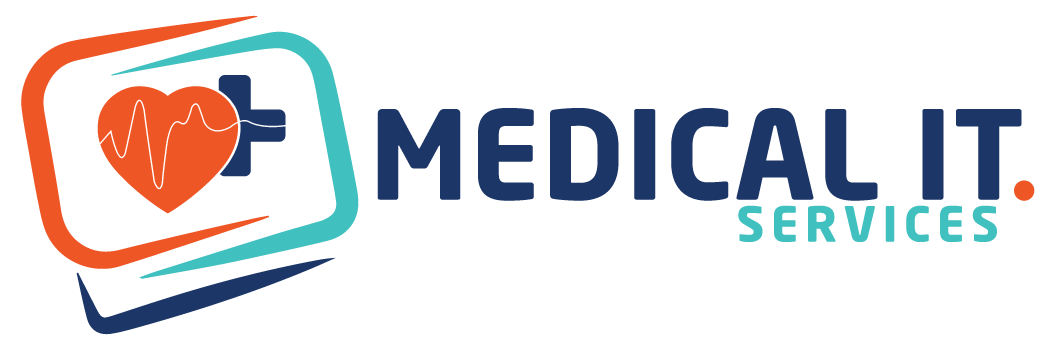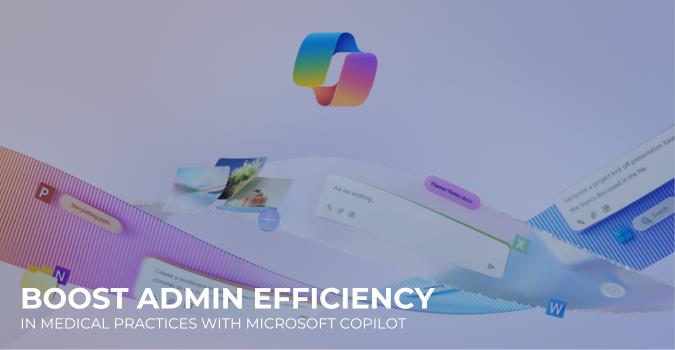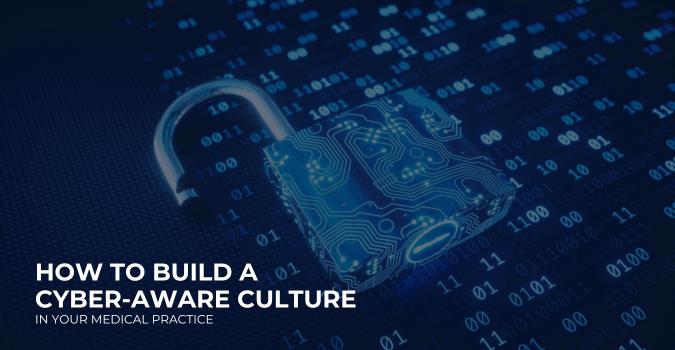In today’s fast-paced healthcare environment, time and accuracy are everything. Medical practices already juggle patient…

Disaster Recovery Policy: Essential Elements and Best Practices
Quickly recovering daily operations after any disaster is the top priority for all businesses. The splendors of technology have created tremendous peace of mind for the medical industry by giving a way to keep and recover data safely in case of any disruption. An effective IT disaster recovery plan lets you restore your medical data and resume daily operations with minimal downtime. The core objective of a disaster recovery policy is to determine essential assets and describe actions required to ensure business continuity.
What is a Disaster Recovery Policy?
The core objective of a disaster recovery policy is to determine essential business assets and determine movements required to assure business continuity in a disaster to continue business operations smoothly. DR Policy can obscure any assets important for business operations — equipment, software, physical facilities, and even employees—and defines what measures will take to recover and protect them.
Disaster recovery policies should not be twisted with disaster recovery plans
A disaster recovery policy is a complete program that disguises the most comprehensive possible plan, managing risks such as connectivity lack, the devastation of hardware, corruption of data, and cyber-attacks.
A disaster recovery plan (DRP) for healthcare defines how your business can immediately recover daily operations work after an unwanted incident.
Types of Disaster Recovery Policy
The disaster recovery policy you design must suit the requirements of your organization. Here are several types of disaster recovery policies, to be applied during specific circumstances:
- Virtualized Disaster Recovery
A virtualized environment can help you rapidly spin up new virtual machine (VM) models. This can happen within minutes, assuring high availability for application recovery. A virtualized disaster recovery policy usually delivers a high level of efficiency.
You can also employ your virtualized environment to rapidly complete testing. To execute this, you ought to add a stipulation to the policy that provides applications that can run in disaster recovery solutions and then can return to routine operations according to the RPO and RTO.
- Network Disaster Recovery
A network disaster recovery policy can be as complicated as a recovered network. That’s why the policy should be highly described, including a step-by-step breakdown of all recovery steps. It is also essential to test the policy and keep it updated.
- Cloud Disaster Recovery
There are numerous ways to implement cloud solutions for disaster recovery. You can back up files in the cloud or preserve complete counterparts, allowing you to transition operations to remote cloud resources in case of a disaster. Cloud DR delivers compelling advantages, including cost reduction and enhanced resilience, compared to disaster recovery based on business-owned resources.
To assure your cloud DR is efficient and compliant, you should keep track of cloud elements and execute security standards. When making a disaster recovery policy, you ought to account for the virtual location and physical servers. Additionally, your policy should address security and compliance needs.
- Data Center Disaster Recovery
A data center disaster recovery policy is devised primarily for the local structure and its infrastructure. To make a relevant policy, you need to perform an operational risk assessment, which analyzes data center elements. For example, a power systems analysis, the facility location, the space of the office, and complete security.
The risk assessment can assist you to make a policy that fits the data center as an entirety and its components. In addition to addressing risks, the data center disaster recovery policy should also address relevant possible disaster procedures.

Key Elements of Disaster Recovery Policy
Here are the most important elements when crafting a successful disaster recovery policy.
- The Scope of Your Policy
There are many types of disasters that can affect healthcare business operations, and in every disaster scenario, all types of devices, software, and organizations’ critical data need to be secured.
- Roles and Responsibilities
To get rid of a disaster, your healthcare business needs a disaster recovery team that is aware of your organization’s documented recovery plan.
- Communication Plan
The IT disaster recovery plan must include a detailed communication plan, with a contact list of people who ought to be informed about the disaster.
- Make an Assets Inventory
You need to understand the hardware, software, and data that are important to your healthcare business operations. Give special attention to the network configurations, servers, and software that will require to be restored in case of disruptive activity. Furthermore, data backup and disaster recovery (BDR) help deal with incidents that disrupt daily business operations.
- Review Backup Methods
Assure that each sensitive system has a working backup system, that backups are performed regularly, and there is a tested method for recovering these systems from backup. Consider the risk that systems will not be capable to recover from backup, and make precise alternate methods.
- Calculate the Downtime Cost
Downtime can not only disturb productivity and cause revenue loss but also destroy a hospital’s reputation and result in compliance and legal violations. Calculating the cost of a possible failure can assist you to specify your investment in preventative measurements.
- Update Plan Regularly
IT Disaster recovery plan must develop on daily basis. You’ll need to revise it whenever organizational structure, infrastructure, applications or data structure varies. Conduct routine exercises to see if your plan still carries up, or if there are unexpected modifications to systems that require to be accounted for.
How To Recover From Any Disaster with Medical IT. Services?
If you have lost your most important data due to a malware attack or your network is down due to an electrical problem, we Medical IT. Services can help to reduce the chance of any disaster by providing data backup and disaster recovery solutions and making sure that your business operations will always continue to flow, no matter what the circumstances are. Contact us today to enhance the productivity of your healthcare practice through our one-hour free IT consulting with 24×7 technical support.
Related Articles:



